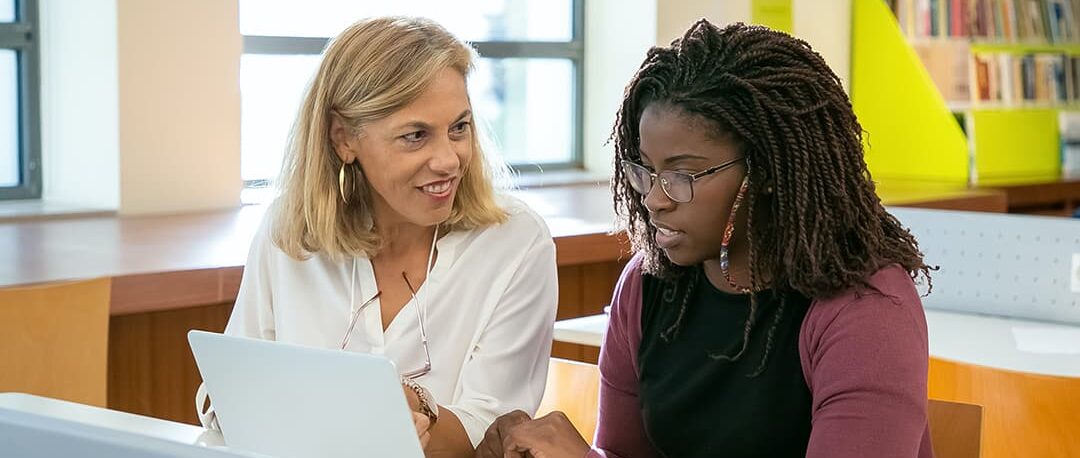The Seven Sisters Colleges were all opened between 1837 and 1889 in the northern United States as private liberal arts colleges. These colleges were:
- Barnard;
- Bryn Mawr;
- Mount Holyoke;
- Radcliffe;
- Smith;
- Vassar;
- Wellesley.
Their nickname comes from the Greek myth of the Pleiades, the 7 daughters of the titan Atlas, who holds the sky. Barnard, Bryn Mawr, Holyoke, Smith and Wellesley remain women’s colleges today. Vassar became an institution in 1969, while Radcliffe merged with Harvard in 1999.
From the beginning, the Seven Sisters were conceived as the equivalent of the Ivy League colleges, which did not admit women until the late 1960s. “The Seven Sisters were also one of the first entry points into academia for women, hiring many female faculty and administrators. Barnard was founded by the trustees of Columbia University as a compromise in the struggle for women’s education. In fact, Columbia was the last Ivy League school to go all-women in 1983.
Although the first women’s colleges provided a better education than seminaries and academies, it was not until the founding of the Seven Sisters that women’s higher education finally met the standards of men’s colleges.
Shockingly, many of America’s best colleges denied admission to female students as early as the 1960s. When schools like Yale, Princeton, and Dartmouth finally started to educate, they did so not for equity reasons, but for marketing purposes-a way to continue to attract the best men who no longer wanted to attend all-male schools. This long history of exclusion still casts its shadow today, and we can see it in the continuing inequities for women as college presidents and tenured professors, as well as the ongoing scourge of sexual harassment.
Although the first women’s colleges provided a better education than seminaries and academies, it was not until the founding of the Seven Sisters that women’s higher education finally met the standards of men’s colleges. This was largely due to financial resources from philanthropists and the ability of the colleges to attract and retain talented female and male scholars.
